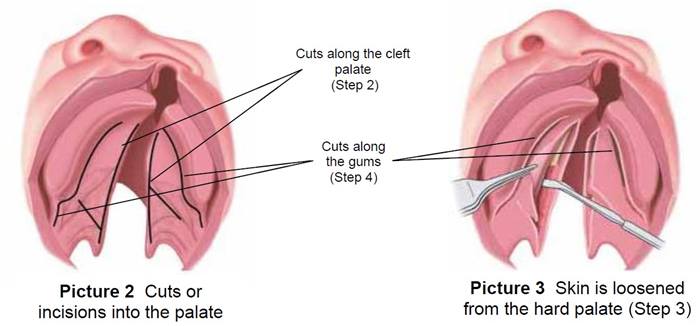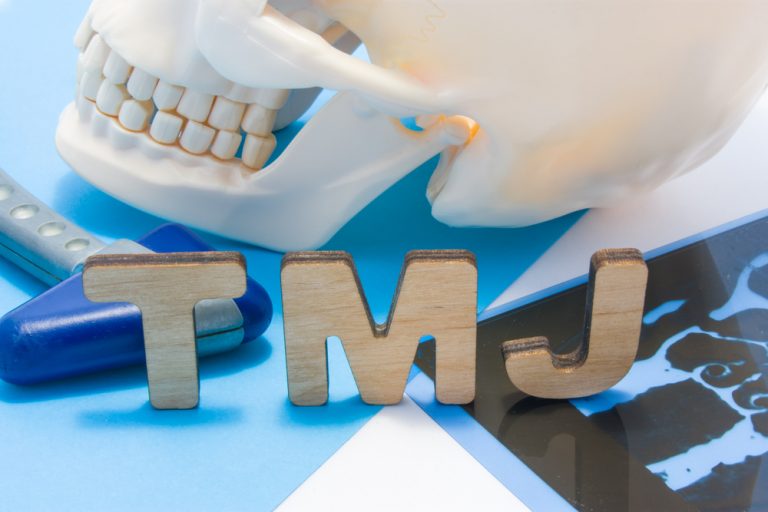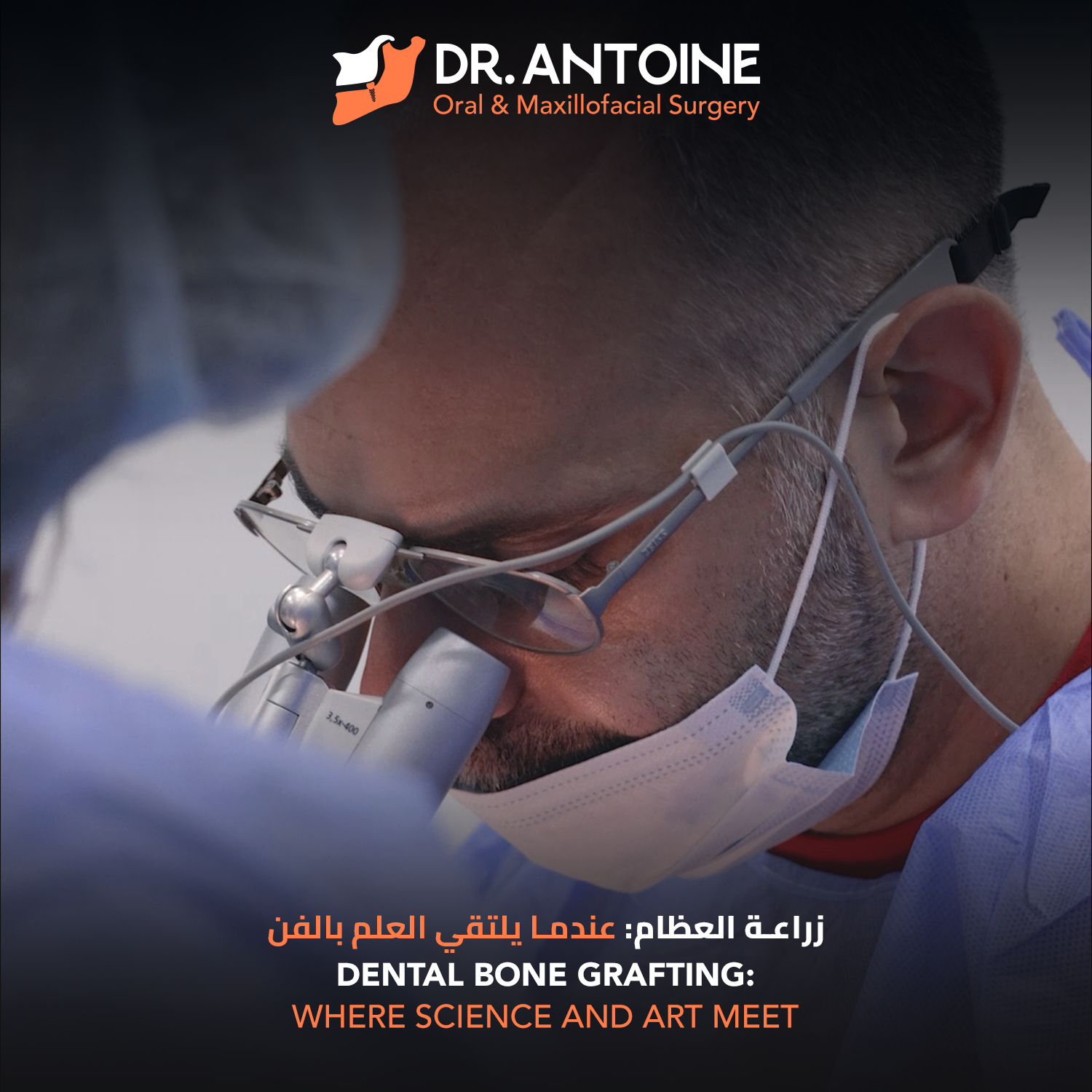Cleft lip and palate are congenital conditions that impact both physical appearance and essential functions like speech, eating, and breathing. Surgery for Cleft Lip and Palate aims to correct these anomalies, enhancing both aesthetics and functionality for individuals affected by these conditions. This guide provides a detailed look into the types of surgeries available, procedural steps, recovery process, and benefits of Surgery for Cleft Lip and Palate. It also explores modern techniques and post-operative care essential for optimal results.
Understanding Cleft Lip and Palate Conditions
1- Definition and Causes 
A cleft lip or palate is a congenital condition arising from incomplete development of the mouth and lip during early pregnancy. These gaps can vary in severity and may affect one or both sides of the mouth. The palate, or roof of the mouth, consists of two sections: the hard palate at the front, attached to the skull, and the soft palate, which extends to the back of the throat. Babies can be born with a split in either or both parts of the palate, and sometimes this split extends to the gums or lips. The causes of cleft conditions are not fully understood, but both genetic and environmental factors play a role, with around 1 in every 600 babies born with a cleft each year.
2- Associated Complications
Cleft lip and palate cause more than just cosmetic concerns. They often create functional challenges, such as difficulty with speaking, eating, and swallowing. A cleft palate, for example, makes it challenging for children to swallow normally, as food and liquids may pass through the opening in the palate into the nasal passage. To improve speech and swallowing functions, the palate needs to effectively seal off the nasal passage from the throat. Left untreated, these issues can worsen over time, sometimes leading to ear infections or hearing loss.
3- Surgical Intervention
Surgical correction is the primary treatment for cleft palate, as it closes the gap in the roof of the mouth, enabling the child to speak, eat, and breathe more normally. The procedure typically takes about 2-3 hours, and hospital stays usually range from 1 to 3 days. Early surgical intervention not only improves physical functionality but also greatly enhances the quality of life for individuals with cleft conditions.
Types of Surgery for Cleft Lip and Palate
Surgery for Cleft Lip and Palate provides essential solutions for those born with cleft conditions, addressing both functional and aesthetic needs. This multifaceted surgical approach includes primary procedures that establish foundational structure and function, along with advanced techniques to enhance outcomes further. Below is an in-depth look at the different types of Surgery for Cleft Lip and Palate, detailing both basic and complementary options to deliver optimal results.
Primary Procedures in Surgery for Cleft Lip and Palate
1- Cleft Lip Repair:
The primary goal of Surgery for Cleft Lip and Palate begins with closing the gap in the lip. This procedure focuses on creating a symmetrical, natural appearance, essential for achieving facial balance. Proper alignment of the lip tissues also improves essential functions like speaking and eating, offering long-term benefits for patients.
2- Cleft Palate Repair:
This foundational procedure involves closing the gap in the roof of the mouth, a critical step in ensuring proper speech and eating functions. By sealing the palate, this stage of Surgery for Cleft Lip and Palate allows food and liquid to pass safely through the throat instead of the nasal passage, enhancing the patient’s ability to communicate and eat normally.
Complementary and Advanced Procedures?
To further refine and complete Surgery for Cleft Lip and Palate, additional advanced techniques are often recommended. These procedures not only support improved functionality but also enhance facial aesthetics, resulting in a balanced, natural look.
– Alveolar Bone Grafting:
Alveolar bone grafting is a procedure that fills gaps in the gum line, providing structural support crucial for future dental development. This step is often included in Surgery for Cleft Lip and Palate to ensure stable, healthy growth of teeth and alignment, paving the way for any necessary orthodontic treatment later on.
– Upper and Lower Jaw Surgery:
Often needed to correct structural imbalances, jaw surgery realigns both upper and lower jaw positions. This step is essential in Surgery for Cleft Lip and Palate for achieving facial symmetry and proper bite alignment, which contributes to improved functionality and a more harmonious appearance.
– Rhinoplasty for Nasal Symmetry:
In some cases, cleft conditions affect nasal structure as well. Rhinoplasty, a cosmetic adjustment to the nose, may be included to create nasal symmetry, ensuring a cohesive and balanced look. This component of Surgery for Cleft Lip and Palate enhances both the aesthetic results and the patient’s confidence in their appearance.
These advanced techniques in Surgery for Cleft Lip and Palate offer comprehensive solutions to structural and functional challenges, helping patients achieve a more complete and satisfying outcome. By addressing both basic and complex aspects of cleft conditions, this surgical approach enhances quality of life, allowing individuals to thrive both functionally and aesthetically. With Dr. Antoine’s expertise in cleft surgery and advanced maxillofacial care, patients are assured of exceptional, tailored treatment. Book your consultation with Dr. Antoine’s clinic today and take the first step toward a brighter, more confident future.
Surgical Process and Techniques
– Step-by-Step Process
The surgical process for Surgery for Cleft Lip and Palate begins with a pre-surgical consultation where the specialist assesses the condition in detail. Advanced imaging, often 3D, aids in creating a personalized surgical plan. During the surgery, the cleft is closed and any necessary adjustments are made to the surrounding structures to improve overall balance and function.
– Modern Techniques in Surgery for Cleft Lip and Palate
Thanks to innovations in surgical technology, the procedure can now be performed with minimal invasiveness. Digital imaging and precision tools make Surgery for Cleft Lip and Palate highly accurate, reducing scarring and speeding up recovery. These advancements are essential in preserving the natural facial structure, making the healing process smoother and more comfortable for patients.
Post-Operative Care and Recovery

– Immediate Recovery Steps
After Surgery for Cleft Lip and Palate, patients need to follow specific post-operative care instructions. Dietary changes, including a soft diet, are usually necessary, and patients are advised to maintain gentle oral hygiene practices to prevent infection. Regular follow-up appointments are essential to monitor the healing process and address any potential complications.
– Long-Term Care and Follow-Up

Surgery for Cleft Lip and Palate requires ongoing care to ensure lasting results. Orthodontic treatments and regular check-ups are integral parts of post-operative care, helping to preserve alignment and functionality over time. The long-term approach also includes dental and speech therapies if necessary, ensuring that the patient fully benefits from the surgery.
Read more: Expert Care for Complex Jaw and Facial Issues with Oral and Maxillofacial Surgery
Benefits and Outcomes of Surgery for Cleft Lip and Palate
Surgery for Cleft Lip and Palate is not only a transformative procedure in terms of physical appearance but also greatly enhances essential life functions. These surgeries offer a range of benefits that improve both daily activities and self-esteem, making a lasting impact on patients’ overall well-being. Below are the key functional and aesthetic outcomes patients can expect, along with real patient experiences that showcase the positive effects of this procedure.
1- Functional and Aesthetic Outcomes
The primary benefits of Surgery for Cleft Lip and Palate include improvements in speech clarity, better dental health, and a boost in self-confidence. By addressing the cleft’s functional challenges, such as eating and breathing difficulties, and enhancing the facial structure aesthetically, the surgery contributes significantly to the patient’s quality of life. For many, these enhancements are life-changing, enabling them to engage more fully and confidently in social situations.
2- Real Patient Outcomes
Numerous patients have experienced remarkable changes after undergoing Surgery for Cleft Lip and Palate. Their testimonials highlight not only the physical transformation but also the emotional and social impact. Patients often report feeling more self-assured and capable after surgery, which reflects the commitment to quality care and patient-centered outcomes. These success stories underscore the dedication of professionals in the field, like Dr. Antoine, to achieving the best results for each patient’s unique needs.
Surgery Stages and Recovery Timeline: Quick Reference Table
| Stage | Procedure | Key Objectives | Expected Outcome |
|---|---|---|---|
| Pre-Surgery | Consultation and imaging | Personalized surgical planning | Detailed treatment roadmap |
| Primary Surgery | Cleft lip/palate closure | Close gap, improve function and symmetry | Structural stability |
| Advanced Surgery | Bone grafting, jaw surgery, rhinoplasty | Aesthetic and functional enhancements | Enhanced appearance and balance |
| Immediate Post-Surgery | Pain management, diet modification | Ensure safe and effective healing | Reduction in swelling, initial healing |
| Long-Term Follow-Up | Orthodontic, speech therapy, check-ups | Maintain alignment and functionality | Long-lasting, comprehensive results |
Frequently Asked Questions (FAQ) on Surgery for Cleft Lip and Palate
- What is the ideal age for cleft lip and palate surgery?
- Cleft lip repair is typically done between 3 to 6 months, while cleft palate repair is performed between 9 and 18 months.
- How long does recovery take?
- Initial healing takes around two weeks, with complete recovery spanning a few months.
- Is surgery for cleft lip and palate painful?
- Thanks to modern anesthesia and pain management, discomfort is minimized and manageable.
If you or a loved one is affected by cleft lip or palate, it’s essential to consult with a skilled specialist. Properly executed Surgery for Cleft Lip and Palate ensures a functional, aesthetically pleasing outcome that lasts a lifetime. Contact our clinic for a consultation and explore the transformative options available to you.
In Dubai, Dr. Antoine’s clinic offers world-class Surgery for Cleft Lip and Palate, transforming lives by restoring function and aesthetics. By combining cutting-edge technology with extensive expertise, Dr. Antoine delivers remarkable results for patients of all ages. For anyone seeking a trusted specialist in cleft repair and maxillofacial care, Dr. Antoine’s clinic stands as a beacon of excellence. Contact Dr. Antoine’s clinic today to begin your journey towards a healthy, confident smile.



